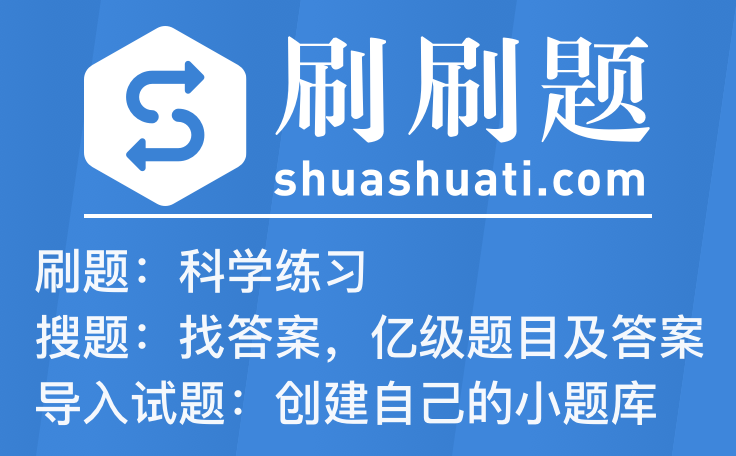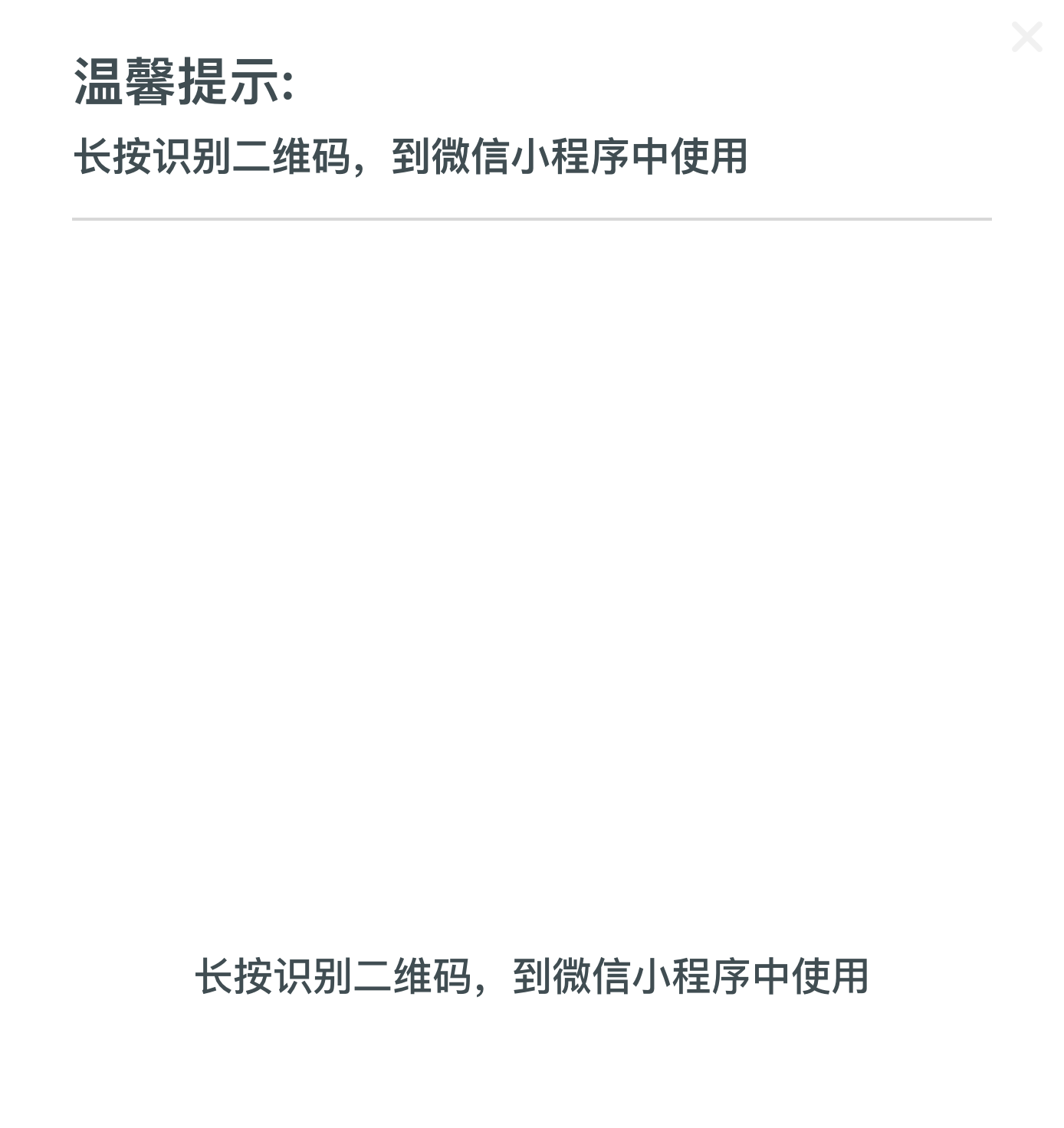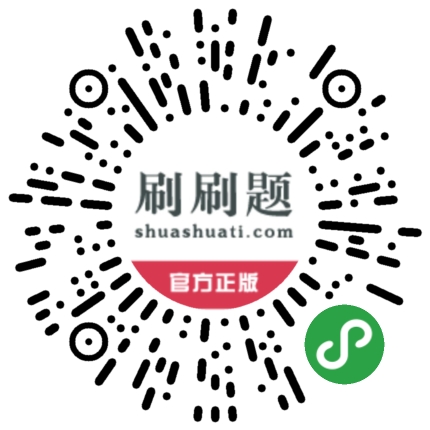皮皮学,免费搜题
登录
搜题
【简答题】

 SUPPLEMENTARY INSTRUCTIONS 1. Calculations and workings need only be made to the nearest RMB. 2. All apportionments should be made to the nearest month. 3. All workings should be shown. TAX RATES AND ALLOWANCES The following tax rates and allowances are to be used in answering the questions. 1. (a) Company A is a foreign investment enterprise set up in China, which manufactures and sells solar power equipment. The only shareholder of Company A is Solar Ltd, a company incorporated in the British Virgin Islands (BVI). The following is a summary of Company A’s income statement for 2013. Notes: Required: (i) Briefly explain the enterprise income tax (EIT) treatment of each of the items identified as (1) to (11). State clearly the items for which no adjustment is required. (13 marks) (ii) Calculate the correct amount of EIT payable by Company A for the year 2013 starting with the taxable profit of RMB 423,800. (4 marks) (iii) Calculate the amount of tax to be withheld by Company A from the dividend payable to Solar Ltd. Note: There is no treaty relief between China and the British Virgin Islands (BVI). (1 mark) (b) An overseas company, P Ltd, provided management services to a China customer for a gross service fee of RMB 100,000. P Ltd is considered as having a China permanent establishment by the tax bureau, which has assessed a deemed profit rate of 50% on the service fee earned by P Ltd. Required: (i) Calculate the business tax and enterprise income tax (EIT) payable by P Ltd on the service fee. (3 marks) (ii) State the circumstances in which the tax authorities can assess the taxable profit of a non-resident enterprise on a deemed basis. (2 marks) (c) (i) State the FOUR types of tax exempt income for enterprise income tax (EIT) purposes. (4 marks) (ii) Briefly explain the tax treatment of expenses incurred to earn non-taxable income and tax exempt income. (2 marks) (d) Company Cap demolished its old factory building and constructed a new one in 2013. The following information relates to these transactions in 2013: (1) The cost of the old factory building was RMB 400,000 and its net book value as at 1 January 2013 (for both accounting and taxation purposes) was RMB 60,000. The old factory was demolished on 1 January 2013. (2) Materials were transferred from inventory for the construction of the new factory. The cost of these materials was RMB 90,000 and their selling price was RMB 100,000. (3) To finance the construction of the new factory, a loan of RMB 500,000 was borrowed from 1 January 2013 at an interest rate of 8% per annum. The loan was repaid on 31 December 2013. (4) A construction company was engaged to build the new factory with a contract sum of RMB 700,000. (5) The new factory building was completed on 15 November 2013 and started operations from 16 November 2013. (6) Company Cap adopted an economic life for the new factory building of 20 years and a residual value of 10%, for both tax and accounting purposes. Required: (i) Calculate the cost base of the new factory building for depreciation purposes. (4 marks) (ii) Calculate the amount of depreciation on the new factory building for 2013. (2 marks) 2. (a) Mr Chen, a Chinese national, was hired by an IT company in 2012. His employer has proposed the following two alternative remuneration packages both with a total of RMB 300,000 to him for 2013: Plan 1: A salary of RMB 17,500 each month for 12 months and an annual bonus of RMB 90,000. Plan 2: A salary of RMB 5,000 each month for 12 months, a special award in June of RMB 120,000 and an annual bonus in December of RMB 120,000. Required: Calculate the total individual income tax (IIT) payable by Mr Chen for the year 2013 in respect of each of the two plans. (b) Ms Li, a Chinese national, earned the following income in 2013. (1) Coupons for RMB 200 which were given as a result of her bulk buying when she bought groceries from a supermarket for RMB 1,500. She used the coupons to purchase groceries in the next month. (2) Won a lottery prize of a smart phone with a value of RMB 3,000 from a supermarket. The supermarket has agreed to bear the individual income tax (IIT) payable by the winners. (3) Received bank deposit interest of RMB 2,000. (4) Lent Company W RMB 100,000 for a year at an interest rate of 15% per annum. (5) Wrote a long article for the newspaper, PP Daily, which was published on three days from 1 to 3 February and received a fee of RMB 1,500 for each day. (6) As the independent non-executive director of a listed company, received a director’s fee of RMB 10,000 each month, i.e. a total of RMB 120,000 for the year. (7) Received employment income from two separate employments as follows: – from a retail shop for the period 1 to 15 April, a salary of RMB 2,800; and – from a restaurant for the period 16 April to 30 April, a salary of RMB 2,500. Neither the retail shop nor the restaurant withheld any IIT for her. Required: Calculate the individual income tax (IIT) payable by Ms Li for 2013 in respect of each of the items of income (1) to (7). State clearly any item(s) which are ‘exempt from IIT’ or ‘not subject to IIT’. (8 marks) (c) (i) Mr Zhang has a China domicile. In 2013, he was seconded to Hong Kong to work and earned a salary from this Hong Kong employment. After his secondment, he will return to China. Required: State, giving reasons, whether Mr Zhang will be taxable in China on the salary from his Hong Kong secondment. (2 marks) (ii) Ms Robin is a model working in the Hong Kong Special Administrative Region. Her Hong Kong employer sent her to China for a fashion show for five days in 2013. She earned a salary from her work at the fashion show. Except for this fashion show, Ms Robin did not spend any time in China in 2013. Required: State, giving reasons, whether Ms Robin will be taxable in China in 2013. (2 marks) (d) Mr Wang is a China tax resident. In 2013, Mr Wang’s only income was employment income of RMB150,000 and his employer withheld the correct amount of individual income tax for him. Required: (i) State whether Mr Wang is required to submit an annual individual income tax (IIT) return. (1 mark) (ii) State the tax filing deadline for the annual IIT return for the year 2013. (1 mark) 3. (a) Electronic Ltd is a newly set up retail company selling computer accessories. Electronic Ltd’s finance manager prepared the following budget for 2013: (1) Sales of goods to individual customers at a value added tax (VAT) inclusive price of RMB 780,000. (2) Purchases of goods from a VAT general taxpayer at a VAT exclusive price of RMB 600,000. Required: (i) Calculate the value added tax (VAT) payable by and the gross profit of Electronic Ltd for 2013, if it is a VAT general taxpayer. (3 marks) (ii) Calculate the VAT payable by and the gross profit of Electronic Ltd for 2013 if it is a small-scale taxpayer. (3 marks) (b) Clothy Ltd is a factory producing garments for export, it does not have any domestic sales in China. The costs of production of the garments sold by Clothy Ltd in 2013 comprised: (1) Raw materials of RMB 200,000 purchased for which special value added tax (VAT) invoices were received. (2) Wages and salaries of RMB 50,000. (3) Overhead costs for water, electricity, transportation, etc with a total input VAT of RMB 10,000, all of which are supported by valid VAT invoices. Clothy Ltd had two options for the export of all of the garments produced in 2013: (i) To export them itself, directly to an overseas customer for a price of RMB 400,000; or (ii) To sell the garments to a Chinese trading company for a price of RMB 360,000 and the trading company will then export the garments to the overseas customer at a price of RMB 400,000. The VAT refund rate for garments is 16%. Required: (i) Calculate the export value added tax (VAT) refundable to Clothy Ltd for the direct export of the garments. (2 marks) (ii) Calculate the export VAT refundable to the trading company for the export of the garments purchased from Clothy Ltd. (1 mark) (c) Toyly Ltd had the following transactions in 2013: (1) Sold goods for cash-on-delivery in August and the customer paid in September. (2) Sold goods on credit terms of 30 days after delivery. The goods were delivered in February. (3) Sent goods on consignment to the consignee in March. The consignee sold the goods in May and passed a statement of the sale to Toyly Ltd also in May. (4) Sent goods to a branch in another province for sale in November. The branch sold the goods in December. (5) Received money from Customer X and issued a VAT invoice for the goods in June, but did not deliver the goods until July. Required: In the case of each of the transactions (1) to (5), state the month in which Toyly Ltd’s value added tax (VAT) liability will crystallise. (5 marks) (d) Softko Ltd, a software development company, is a value added tax (VAT) general taxpayer. Softko Ltd had the following transactions in October 2013. All amounts are exclusive of VAT unless stated otherwise. (1) Paid a software fee of USD2,000 to an overseas supplier. VAT was withheld and paid to the tax bureau. (2) Purchased ten computers as fixed assets for RMB 100,000. A special VAT invoice was obtained. The computers are used for both taxable and tax exempt services and are used around 20% of the time to provide VAT exempt services. (3) Paid a software house, which is a small-scale taxpayer, a gross amount of RMB 30,000 inclusive of VAT. A special VAT invoice issued via the tax bureau was obtained. (4) Hired a coach for transporting its staff from the metro-station to the office for RMB 50,000. A special VAT invoice was obtained. (5) Acquired a mainframe. computer for RMB 40,000, specifically for the development of some software for an overseas customer. A special VAT invoice was obtained. Softko Ltd has applied for VAT exemption on the export of the software overseas. Required: Calculate the input value added tax (VAT) of Softko Ltd for the month of October 2013. Clearly identify any item(s)
SUPPLEMENTARY INSTRUCTIONS 1. Calculations and workings need only be made to the nearest RMB. 2. All apportionments should be made to the nearest month. 3. All workings should be shown. TAX RATES AND ALLOWANCES The following tax rates and allowances are to be used in answering the questions. 1. (a) Company A is a foreign investment enterprise set up in China, which manufactures and sells solar power equipment. The only shareholder of Company A is Solar Ltd, a company incorporated in the British Virgin Islands (BVI). The following is a summary of Company A’s income statement for 2013. Notes: Required: (i) Briefly explain the enterprise income tax (EIT) treatment of each of the items identified as (1) to (11). State clearly the items for which no adjustment is required. (13 marks) (ii) Calculate the correct amount of EIT payable by Company A for the year 2013 starting with the taxable profit of RMB 423,800. (4 marks) (iii) Calculate the amount of tax to be withheld by Company A from the dividend payable to Solar Ltd. Note: There is no treaty relief between China and the British Virgin Islands (BVI). (1 mark) (b) An overseas company, P Ltd, provided management services to a China customer for a gross service fee of RMB 100,000. P Ltd is considered as having a China permanent establishment by the tax bureau, which has assessed a deemed profit rate of 50% on the service fee earned by P Ltd. Required: (i) Calculate the business tax and enterprise income tax (EIT) payable by P Ltd on the service fee. (3 marks) (ii) State the circumstances in which the tax authorities can assess the taxable profit of a non-resident enterprise on a deemed basis. (2 marks) (c) (i) State the FOUR types of tax exempt income for enterprise income tax (EIT) purposes. (4 marks) (ii) Briefly explain the tax treatment of expenses incurred to earn non-taxable income and tax exempt income. (2 marks) (d) Company Cap demolished its old factory building and constructed a new one in 2013. The following information relates to these transactions in 2013: (1) The cost of the old factory building was RMB 400,000 and its net book value as at 1 January 2013 (for both accounting and taxation purposes) was RMB 60,000. The old factory was demolished on 1 January 2013. (2) Materials were transferred from inventory for the construction of the new factory. The cost of these materials was RMB 90,000 and their selling price was RMB 100,000. (3) To finance the construction of the new factory, a loan of RMB 500,000 was borrowed from 1 January 2013 at an interest rate of 8% per annum. The loan was repaid on 31 December 2013. (4) A construction company was engaged to build the new factory with a contract sum of RMB 700,000. (5) The new factory building was completed on 15 November 2013 and started operations from 16 November 2013. (6) Company Cap adopted an economic life for the new factory building of 20 years and a residual value of 10%, for both tax and accounting purposes. Required: (i) Calculate the cost base of the new factory building for depreciation purposes. (4 marks) (ii) Calculate the amount of depreciation on the new factory building for 2013. (2 marks) 2. (a) Mr Chen, a Chinese national, was hired by an IT company in 2012. His employer has proposed the following two alternative remuneration packages both with a total of RMB 300,000 to him for 2013: Plan 1: A salary of RMB 17,500 each month for 12 months and an annual bonus of RMB 90,000. Plan 2: A salary of RMB 5,000 each month for 12 months, a special award in June of RMB 120,000 and an annual bonus in December of RMB 120,000. Required: Calculate the total individual income tax (IIT) payable by Mr Chen for the year 2013 in respect of each of the two plans. (b) Ms Li, a Chinese national, earned the following income in 2013. (1) Coupons for RMB 200 which were given as a result of her bulk buying when she bought groceries from a supermarket for RMB 1,500. She used the coupons to purchase groceries in the next month. (2) Won a lottery prize of a smart phone with a value of RMB 3,000 from a supermarket. The supermarket has agreed to bear the individual income tax (IIT) payable by the winners. (3) Received bank deposit interest of RMB 2,000. (4) Lent Company W RMB 100,000 for a year at an interest rate of 15% per annum. (5) Wrote a long article for the newspaper, PP Daily, which was published on three days from 1 to 3 February and received a fee of RMB 1,500 for each day. (6) As the independent non-executive director of a listed company, received a director’s fee of RMB 10,000 each month, i.e. a total of RMB 120,000 for the year. (7) Received employment income from two separate employments as follows: – from a retail shop for the period 1 to 15 April, a salary of RMB 2,800; and – from a restaurant for the period 16 April to 30 April, a salary of RMB 2,500. Neither the retail shop nor the restaurant withheld any IIT for her. Required: Calculate the individual income tax (IIT) payable by Ms Li for 2013 in respect of each of the items of income (1) to (7). State clearly any item(s) which are ‘exempt from IIT’ or ‘not subject to IIT’. (8 marks) (c) (i) Mr Zhang has a China domicile. In 2013, he was seconded to Hong Kong to work and earned a salary from this Hong Kong employment. After his secondment, he will return to China. Required: State, giving reasons, whether Mr Zhang will be taxable in China on the salary from his Hong Kong secondment. (2 marks) (ii) Ms Robin is a model working in the Hong Kong Special Administrative Region. Her Hong Kong employer sent her to China for a fashion show for five days in 2013. She earned a salary from her work at the fashion show. Except for this fashion show, Ms Robin did not spend any time in China in 2013. Required: State, giving reasons, whether Ms Robin will be taxable in China in 2013. (2 marks) (d) Mr Wang is a China tax resident. In 2013, Mr Wang’s only income was employment income of RMB150,000 and his employer withheld the correct amount of individual income tax for him. Required: (i) State whether Mr Wang is required to submit an annual individual income tax (IIT) return. (1 mark) (ii) State the tax filing deadline for the annual IIT return for the year 2013. (1 mark) 3. (a) Electronic Ltd is a newly set up retail company selling computer accessories. Electronic Ltd’s finance manager prepared the following budget for 2013: (1) Sales of goods to individual customers at a value added tax (VAT) inclusive price of RMB 780,000. (2) Purchases of goods from a VAT general taxpayer at a VAT exclusive price of RMB 600,000. Required: (i) Calculate the value added tax (VAT) payable by and the gross profit of Electronic Ltd for 2013, if it is a VAT general taxpayer. (3 marks) (ii) Calculate the VAT payable by and the gross profit of Electronic Ltd for 2013 if it is a small-scale taxpayer. (3 marks) (b) Clothy Ltd is a factory producing garments for export, it does not have any domestic sales in China. The costs of production of the garments sold by Clothy Ltd in 2013 comprised: (1) Raw materials of RMB 200,000 purchased for which special value added tax (VAT) invoices were received. (2) Wages and salaries of RMB 50,000. (3) Overhead costs for water, electricity, transportation, etc with a total input VAT of RMB 10,000, all of which are supported by valid VAT invoices. Clothy Ltd had two options for the export of all of the garments produced in 2013: (i) To export them itself, directly to an overseas customer for a price of RMB 400,000; or (ii) To sell the garments to a Chinese trading company for a price of RMB 360,000 and the trading company will then export the garments to the overseas customer at a price of RMB 400,000. The VAT refund rate for garments is 16%. Required: (i) Calculate the export value added tax (VAT) refundable to Clothy Ltd for the direct export of the garments. (2 marks) (ii) Calculate the export VAT refundable to the trading company for the export of the garments purchased from Clothy Ltd. (1 mark) (c) Toyly Ltd had the following transactions in 2013: (1) Sold goods for cash-on-delivery in August and the customer paid in September. (2) Sold goods on credit terms of 30 days after delivery. The goods were delivered in February. (3) Sent goods on consignment to the consignee in March. The consignee sold the goods in May and passed a statement of the sale to Toyly Ltd also in May. (4) Sent goods to a branch in another province for sale in November. The branch sold the goods in December. (5) Received money from Customer X and issued a VAT invoice for the goods in June, but did not deliver the goods until July. Required: In the case of each of the transactions (1) to (5), state the month in which Toyly Ltd’s value added tax (VAT) liability will crystallise. (5 marks) (d) Softko Ltd, a software development company, is a value added tax (VAT) general taxpayer. Softko Ltd had the following transactions in October 2013. All amounts are exclusive of VAT unless stated otherwise. (1) Paid a software fee of USD2,000 to an overseas supplier. VAT was withheld and paid to the tax bureau. (2) Purchased ten computers as fixed assets for RMB 100,000. A special VAT invoice was obtained. The computers are used for both taxable and tax exempt services and are used around 20% of the time to provide VAT exempt services. (3) Paid a software house, which is a small-scale taxpayer, a gross amount of RMB 30,000 inclusive of VAT. A special VAT invoice issued via the tax bureau was obtained. (4) Hired a coach for transporting its staff from the metro-station to the office for RMB 50,000. A special VAT invoice was obtained. (5) Acquired a mainframe. computer for RMB 40,000, specifically for the development of some software for an overseas customer. A special VAT invoice was obtained. Softko Ltd has applied for VAT exemption on the export of the software overseas. Required: Calculate the input value added tax (VAT) of Softko Ltd for the month of October 2013. Clearly identify any item(s)
拍照语音搜题,微信中搜索"皮皮学"使用
参考答案:


参考解析:


知识点:






皮皮学刷刷变学霸
举一反三
【简答题】已知在矩形ABCD中,AD>AB,O为对角线的交点,过O作一直线分别交BC、AD于M、N (1)求证:S 梯形ABMN =S 梯形CDNM ; (2)当M、N满足什么条件时,将矩形ABCD以MN为折痕翻折后能使C点恰好与A点重合(只写出满足的条件,不要求证明); (3)在(2)的条件下,若翻折后不重叠部分的面积是重叠部分面积的 1 2 ,求 BM MC 的值.
【简答题】______ 是世界上最早制定成文宪法的国家, ________ 是欧洲大陆上最早制定 成文 宪法的国家。
【简答题】Write a memo in about 50 words. You are the Personnel Manager of a company, and have been approached by your IT Department to recruit three new members of staff. Write a memo to Miss Kate Bush, the Ma...
【简答题】金属在生产生活中应用广泛. (1)铝可以制成铝箔,这是利用金属铝具有良好的 性. (2)铁制品生锈的条件是 ,用稀盐酸除铁锈反应的化学方程式是 . (3)我国是世界上最早采用湿法冶金提取铜的国家,铁与硫酸铜溶液反应的化学方程式是 .工业上冶炼铝,是将铝矿石(主要成分是Al 2 O 3 )在熔融条件下通电分解,其反应的化学方程式是 . (4)现有两种金属单质组成的混合物.向100g某稀盐酸中加入该混...
【简答题】患者,男性,35岁。既往无高血压病史,无消瘦史,活动时胸闷气急2年余,1周前曾有咳嗽伴发热病史,本次因夜间不能平卧,咳粉红色泡沫样痰2小时入院。查体:BP178/96mmHg,P120次/分,R22次/分,双肺广泛干湿啰音,心界向两侧扩大,心尖区可闻及2/6级收缩期吹风样杂音,双下肢无水肿。本次诊断为A、支气管哮喘 B、急性左心衰竭 C、肺部感染 D、ARDS E、急性右心衰竭 本次发病的诱因是A...
【单选题】下列哪个做法会导致不利的语句结构?()
A.
避免使用ELSE GOTO结构
B.
对递归定义的数据结构尽量不再使用递归过程
C.
模块功能尽可能单一化,模块间的耦合能够清晰可见
D.
利用信息隐蔽,确保每一个模块的独立性
【简答题】已知:矩形ABCD中AD>AB,O是对角线的交点,过O任作一直线分别交BC、AD于点M、N(如图①). (1)求证:BM=DN; (2)如图②,四边形AMNE是由四边形CMND沿MN翻折得到的,连接CN,求证:四边形AMCN是菱形; (3)在(2)的条件下,若△CDN的面积与△CMN的面积比为1︰3,求 的值.
【单选题】下列哪个做法会导致不利的语句结构( )
A.
避免过多的循环嵌套和条件嵌套
B.
对递归定义的数据结构尽量不再使用递归过程
C.
模块功能尽可能单一化,模块间的耦合能够清晰可见
D.
确保所有变量在使用前都进行初始化
【简答题】Situation: Previously, we have learned that Kim Johnson has stayed in Oxford Hotel from 4thDec. to 7th Dec. Now he is doing his check-out with the receptionist of the hotel. There are some extra fees ...
相关题目: